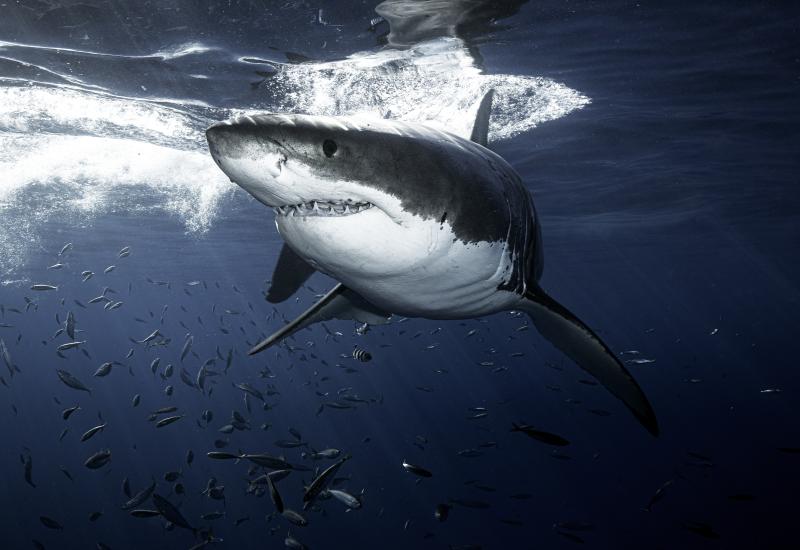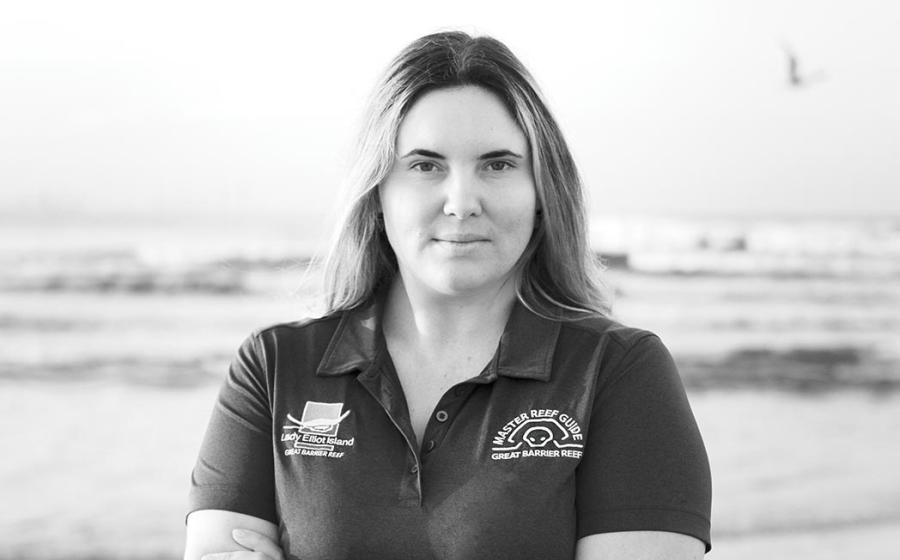NOAA removes 57 tons of debris from Northwestern Hawaiian Islands
About 57 tons of marine debris have been removed from the Papahānaumokuākea Marine National Monument in Hawaii thanks to a team of 17 National Oceanic and Atmospheric Administration divers.
After returning from a 33-day mission, the team had plenty to show for their efforts, including 7,436 hard plastic fragments, 3,758 bottle caps, 1,469 plastic beverage bottles and 477 lighters pulled from the shorelines of Midway Atoll National Wildlife Refuge, according to a release from NOAA. They also spent several days removing a 28-by-7 “super net.” Coming in at 11.5 tons, the net had destroyed coral and posed a serious wildlife entanglement risk for monk seals, turtles and seabirds. In fact, the NOAA team rescued three sea turtles entangled in different nets during their voyage.
“The amount of marine debris we find in this remote, untouched place is shocking,” said Mark Manuel, operations manager for NOAA Fisheries Coral Reef Ecosystem Division and chief scientist for the mission. “Every day, we pulled up nets weighing hundreds of pounds from the corals. We filled the dumpster on the Sette to the top with nets, and then we filled the decks. There’s a point when you can handle no more, but there’s still a lot out there.”
The recovered nets will be used as fuel to generate electricity for Hawaii homes as part of Nets to Energy, Hawaii’s partnership with Covanta Energy and Schnitzer Steel, which NOAA has contributed to since 2002.
Since the mission’s inception in 1996, NOAA has removed a total of 904 tons of marine debris, including this year’s haul, which also consisted of two 30-foot boats at Pearl and Hermes Atoll, according to the release. They are suspected to have come from Japan after a tsunami hit in 2011. Two additional boats were spotted but unable to be recovered.
The monument is a World Heritage Site and one of the largest marine conservation areas in the world.
With more than 7,000 marine species, the Northwestern Hawaiian Islands are considered virtually pristine — with the exception of the 52 metric tons of derelict fishing gear that make its way to the monument every year. Home to the endangered Hawaiian monk seals, 14 million seabirds, rare and threatened land birds and green sea turtles, the Islands boast 5,178 square miles of the healthiest and least disturbed coral reefs in the U.S.
“This mission is critical to keeping marine debris from building up in the monument,” said Kyle Koyanagi, Pacific Islands regional coordinator for NOAA’s Marine Debris Program. “Hopefully we can find ways to prevent nets from entering this special place, but until then, removing them is the only way to keep them from harming this fragile ecosystem.”
About 57 tons of marine debris have been removed from the Papahānaumokuākea Marine National Monument in Hawaii thanks to a team of 17 National Oceanic and Atmospheric Administration divers.
After returning from a 33-day mission, the team had plenty to show for their efforts, including 7,436 hard plastic fragments, 3,758 bottle caps, 1,469 plastic beverage bottles and 477 lighters pulled from the shorelines of Midway Atoll National Wildlife Refuge, according to a release from NOAA. They also spent several days removing a 28-by-7 “super net.” Coming in at 11.5 tons, the net had destroyed coral and posed a serious wildlife entanglement risk for monk seals, turtles and seabirds. In fact, the NOAA team rescued three sea turtles entangled in different nets during their voyage.
“The amount of marine debris we find in this remote, untouched place is shocking,” said Mark Manuel, operations manager for NOAA Fisheries Coral Reef Ecosystem Division and chief scientist for the mission. “Every day, we pulled up nets weighing hundreds of pounds from the corals. We filled the dumpster on the Sette to the top with nets, and then we filled the decks. There’s a point when you can handle no more, but there’s still a lot out there.”
The recovered nets will be used as fuel to generate electricity for Hawaii homes as part of Nets to Energy, Hawaii’s partnership with Covanta Energy and Schnitzer Steel, which NOAA has contributed to since 2002.
Since the mission’s inception in 1996, NOAA has removed a total of 904 tons of marine debris, including this year’s haul, which also consisted of two 30-foot boats at Pearl and Hermes Atoll, according to the release. They are suspected to have come from Japan after a tsunami hit in 2011. Two additional boats were spotted but unable to be recovered.
The monument is a World Heritage Site and one of the largest marine conservation areas in the world.
With more than 7,000 marine species, the Northwestern Hawaiian Islands are considered virtually pristine — with the exception of the 52 metric tons of derelict fishing gear that make its way to the monument every year. Home to the endangered Hawaiian monk seals, 14 million seabirds, rare and threatened land birds and green sea turtles, the Islands boast 5,178 square miles of the healthiest and least disturbed coral reefs in the U.S.
“This mission is critical to keeping marine debris from building up in the monument,” said Kyle Koyanagi, Pacific Islands regional coordinator for NOAA’s Marine Debris Program. “Hopefully we can find ways to prevent nets from entering this special place, but until then, removing them is the only way to keep them from harming this fragile ecosystem.”










